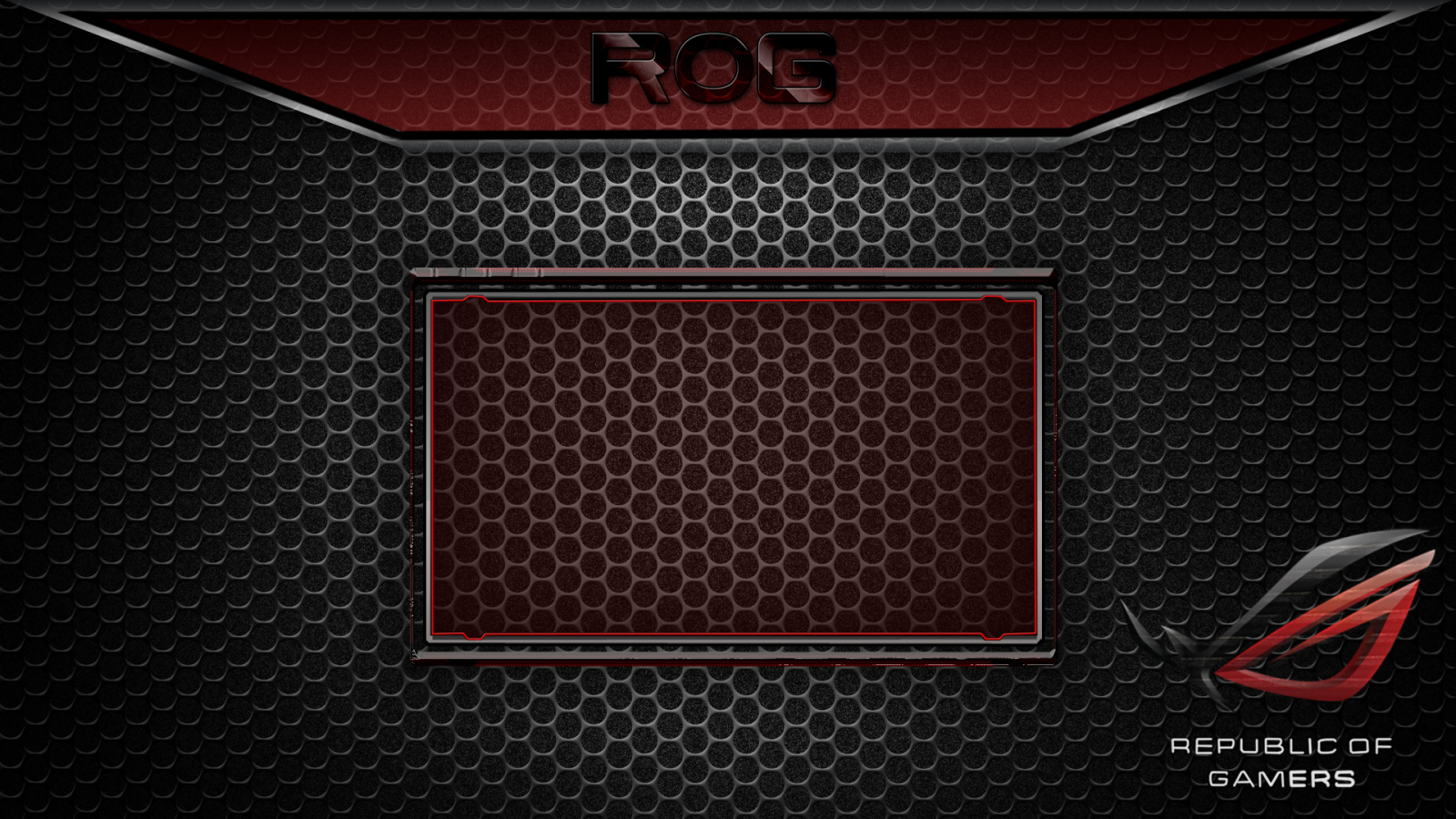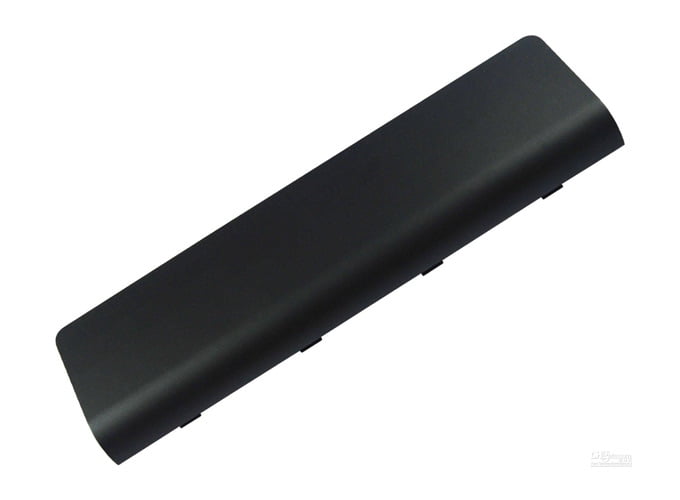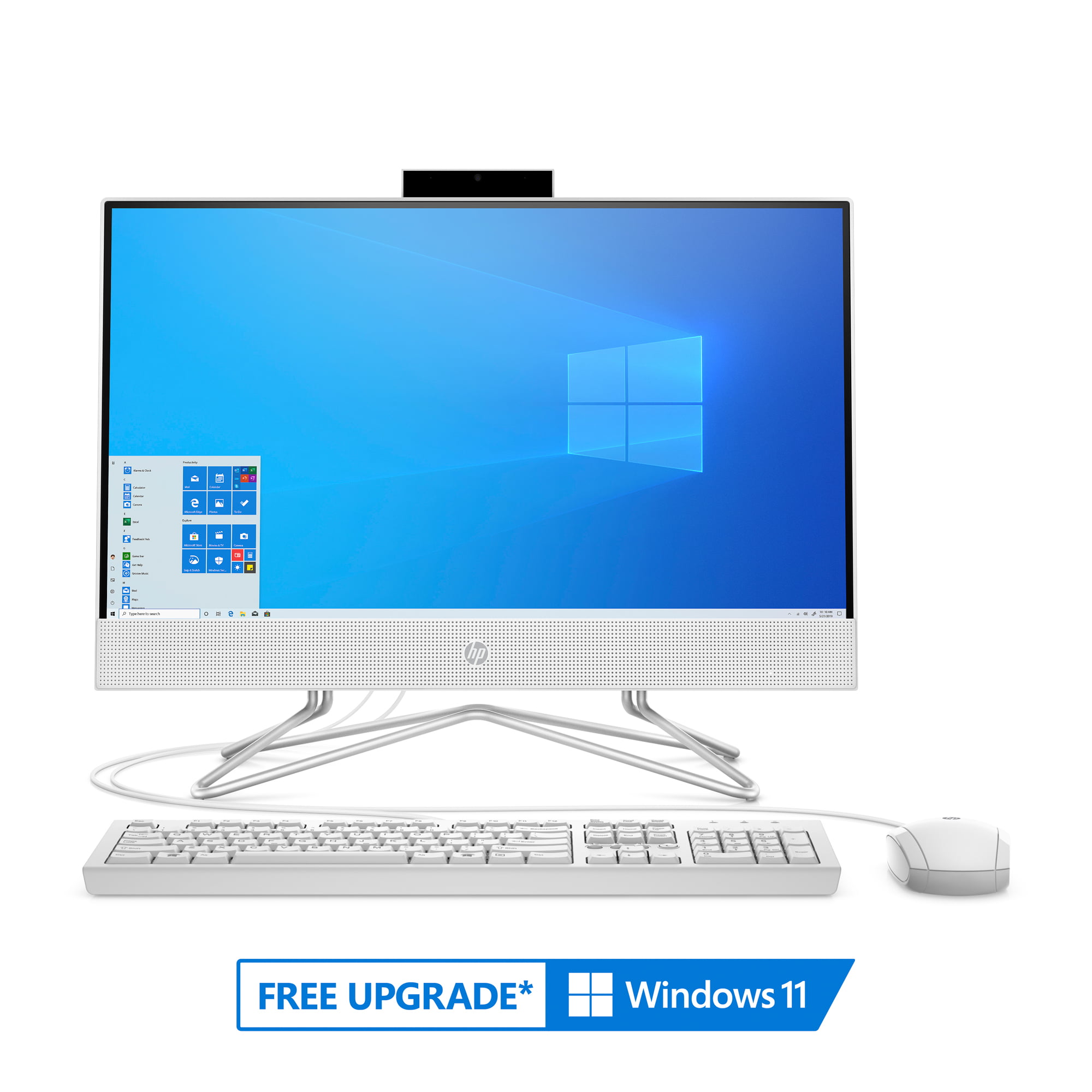
HP 2000 2C22DX WITH WINDOWS 10 GAMER EDITION KEYGEN

For example, let's imagine Microsoft builds out Win32 support as a component for Windows Core OS for desktop and laptop devices. Any feature or function Microsoft builds for it can then be applied to any Windows Core OS device that it wants. But this time, those components and features can be shared across the many different devices Windows Core OS will run on.

From there, Microsoft can build out Windows Core OS with different components and features that it can then apply to devices where necessary. It doesn't include any legacy components or features, and sticks to UWP as a core for the operating system as it's lighter and already universal. Windows Core OS strips Windows down to the bare minimum. All that would be created with less overhead and fewer resources used. They would then pull in features and functions it has already built for it, and create it as an OS for that device type. Instead of having to develop a new version of Windows 10 for every new device type that comes along, Microsoft can simply use Windows Core OS to start. With Windows Core OS, Microsoft is building a universal base for Windows that can be used across all these different devices. Microsoft could start building yet another version of Windows 10 for this category of devices, but then they'd have to rebuild many of the existing features you can find on other versions of Windows 10 already to ensure those features behave and operate correctly on this form factor. Windows 10 as it exists on its own wouldn't be a good fit for foldable PCs. Windows Core OS is the future of Windows.Īs it stands today, there's a lot of extra work and overhead that Microsoft needs to deal with every time it wants to build a version of Windows 10 for a new device type, such as foldables. Live tile folders are a perfect example of this, a feature that was first found on Mobile took over a year to appear on the desktop. Keen-eyed users would have likely noticed differences in features between the two Start experiences, and that's because for one feature to be available on both platforms, it needed to be built twice, not just once.

While Microsoft tried very hard to make these experiences seem the same, underneath, they were very different. Not everything is interchangeable or shareable between them, as most of these features have to be rewritten each time by the teams working on these individual versions of the OS for them to function.Ī great example of this is with the Start menu and Action Center on Windows 10 for desktop and Windows 10 Mobile. But the rest of everything included in these operating systems are specific to that version of Windows. Windows 10 desktop, for example, would be a terrible experience on a phone, and vice versa.Īll of these versions of Windows 10 do share universal elements, however, such as OneCore and OneCoreUAP which are layers of the operating system that you can find on all of these versions of Windows 10 that enable things like the Universal Windows Platform. Although these are all Windows 10, they're all technically different operating systems that don't run very well on devices for which they are not designed. There's Windows 10 for desktops, Windows 10 for HoloLens, Windows 10 for IoT devices, Windows 10 for Surface Hub, Windows 10 for Xbox, and there was also a Windows 10 for phones. Today, Windows 10 is several different operating systems across the many devices types it can run on. To answer this question, we first have to explain what Windows Core OS isn't.


 0 kommentar(er)
0 kommentar(er)
